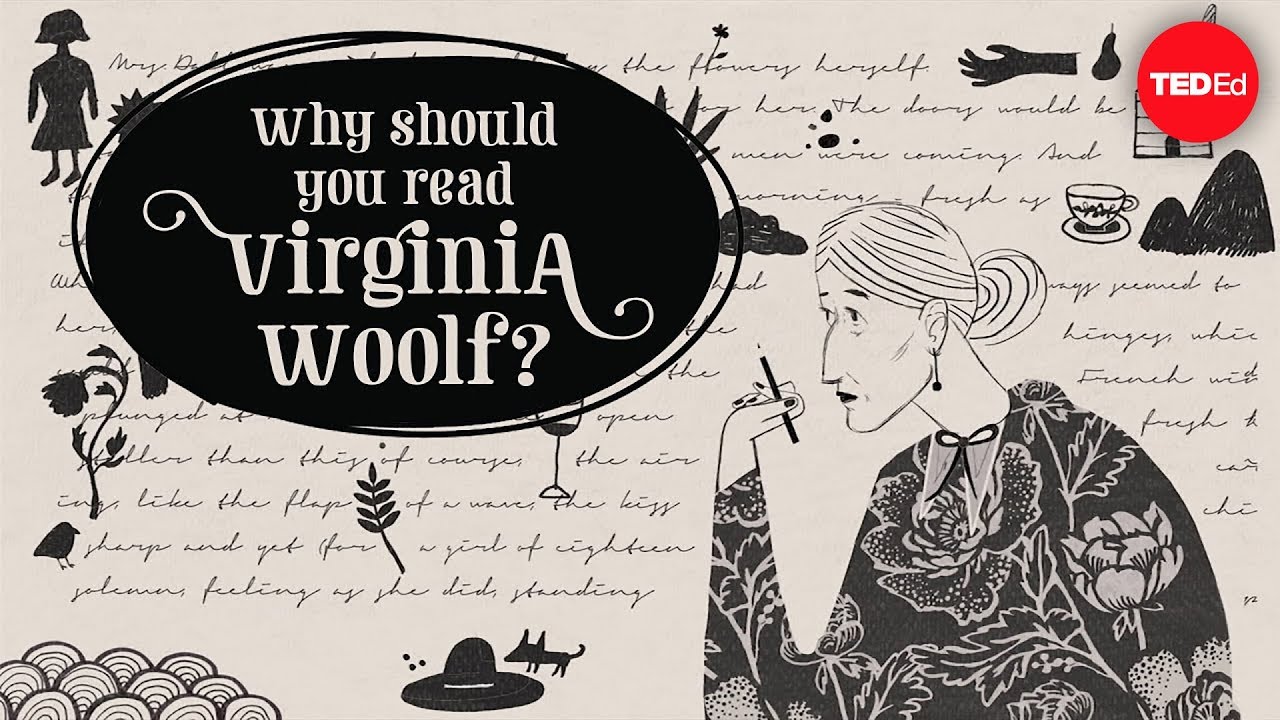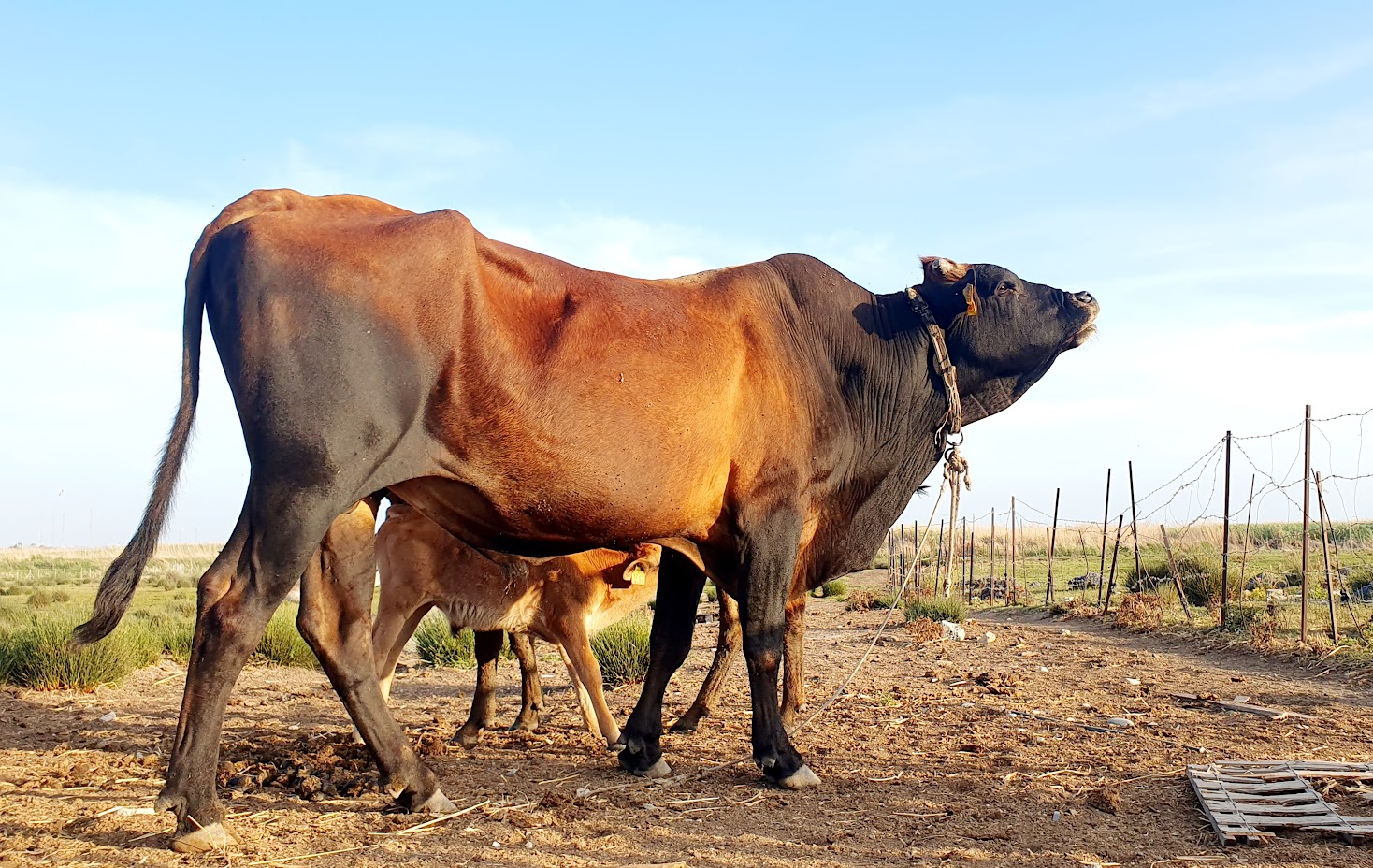How can we understand the inner experience of alienation?
English writer Virginia Woolf, in both her essays and her fiction, shapes the slippery nature of subjective experience into words, while her characters frequently lead inner lives deeply at odds with their external existence.
In this video, educator Iseult Gillespie helps make sense of these disparities, to better prepare us for the next time we enter the world of Woolf’s writing.
Born Adeline Virginia Stephen into an affluent London household in 1882, Woolf is considered one of the paramount modernist 20th-century authors, and a pioneer in using ‘stream of consciousness’ as a narrative device.
Her childhood came to an abrupt end in 1895 with the death of her mother and her first mental breakdown, followed two years later by the death of her half-sister and Stella Duckworth – a mother figure to her.
Nevertheless, encouraged by her father, Woolf began writing professionally in 1900, although his death in 1904 caused her to have a second breakdown. Thereafter, the Stephen family moved from Kensington to the more bohemian Bloomsbury, where they adopted a free-spirited lifestyle. It was in Bloomsbury where, in conjunction with her brothers’ intellectual friends, they formed the artistic and literary Bloomsbury Group.
In 1912, she married Leonard Woolf, and in 1917 the couple founded the Hogarth Press, which published much of her work. They rented a home in Sussex and moved there permanently in 1940.
Tragically, Woolf continued to be dogged by her mental illness. She was institutionalised several times and attempted suicide at least twice. Her illness may have been bipolar disorder, for which there was no effective intervention during her lifetime. In 1941, aged 59, Woolf drowned herself in the River Ouse.
Yet despite her personal struggles, during the interwar period, Woolf became an important part of London’s literary and artistic society. In 1915, she published her first novel, ‘The Voyage Out’, through her half-brother’s publishing house, Gerald Duckworth and Company. Her best-known works include the novels ‘Mrs Dalloway’ (1925), ‘To the Lighthouse’ (1927) and ‘Orlando’ (1928).
She is also known for her essays, including ‘A Room of One’s Own’ (1929), in which she wrote the much-quoted dictum, “A woman must have money and a room of her own if she is to write fiction”.
View the original video here.
Good Living is the Cyprus Mail’s portal of curated content from across the internet, showcasing local and global ideas, cultural highlights, and scientific and technological developments to inspire a sustainable life.







Click here to change your cookie preferences